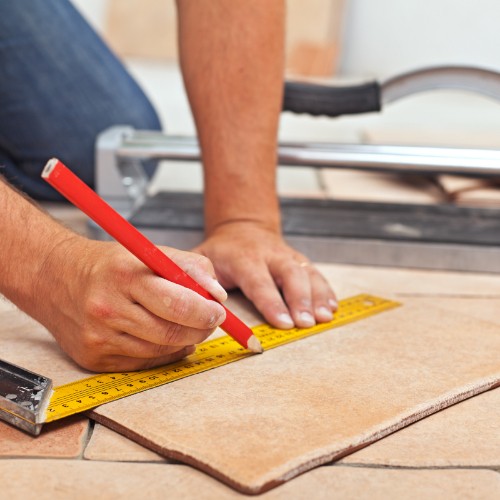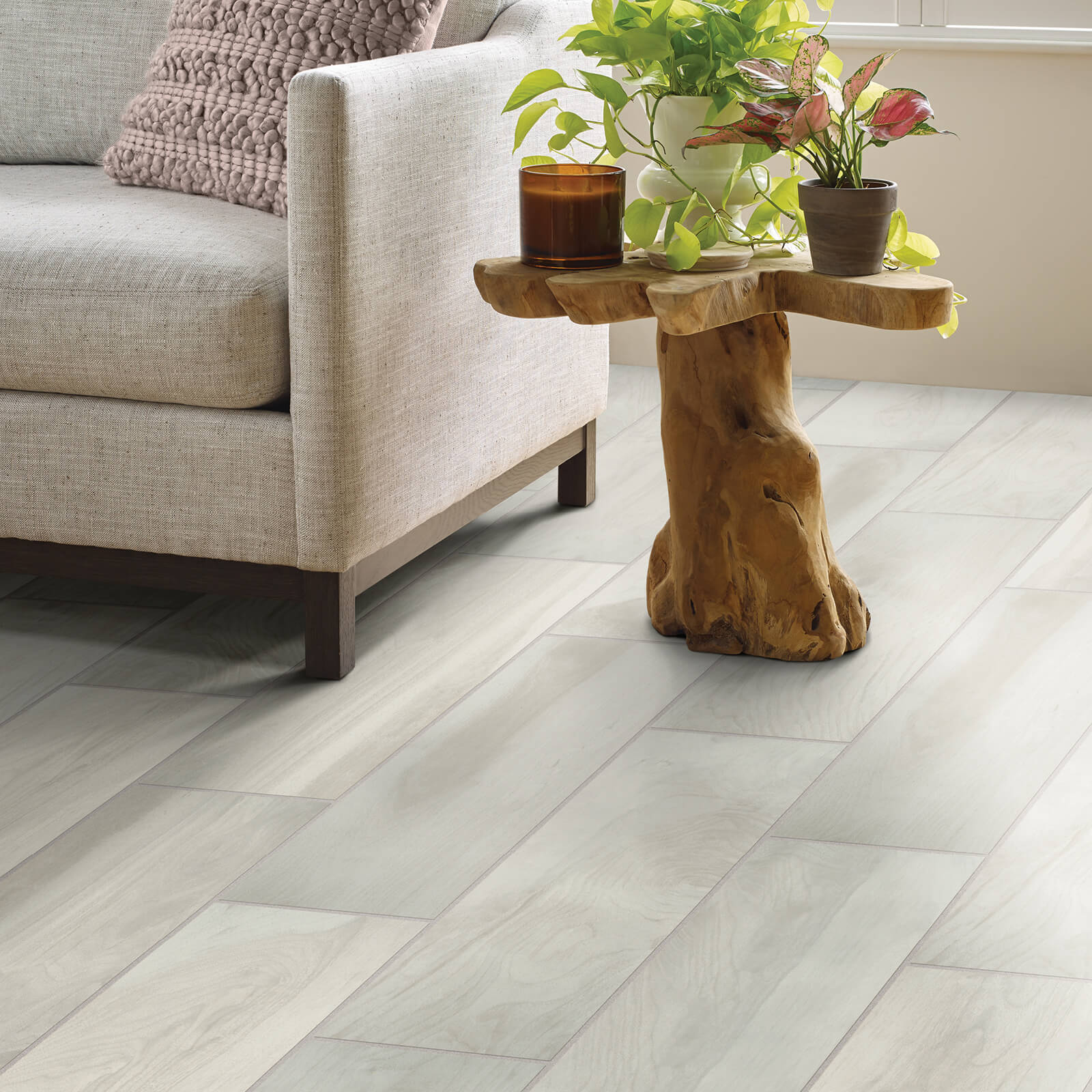Tile In The Kendallville, IN Area
Learn more about the tile flooring selection available to you from the team at Select Flooring Design & Interiors.
Unmatched Selection
We offer a comprehensive selection of flooring styles.
Product Expertise
We know our stuff! Let us help educate you.
Professional Service
We provide friendly, professional service at every turn.
Installation Specialists
Let us expertly install your brand-new flooring.
Learn More About The Selection Of Tile Flooring At Select Flooring Design & Interiors
At Select Flooring Design & Interiors, we feature a wide range of customizable and stylish tile flooring options for your home.
Whether you're looking for eclectic and fun or more sleek and modern, our amazing selection of tile flooring will surely satisfy you. We work with the industry's leading brands to provide our customers in the area with flooring that they are proud to walk across. With tile, homeowners are treated to a flooring that is durable, low-maintenance, and allows for extreme customization.
Learn more about the benefits of tile flooring, tile installation, inspiration, or care & maintenance as you browse our site.
We're proud to feature Carpetland USA COLORTILE, Daltile, and Florida Tile tile flooring options.
Carpetland USA COLORTILE Tile Featured Collections
Other Brands We Love







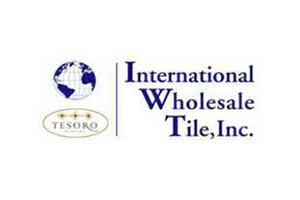



Inspiration For You

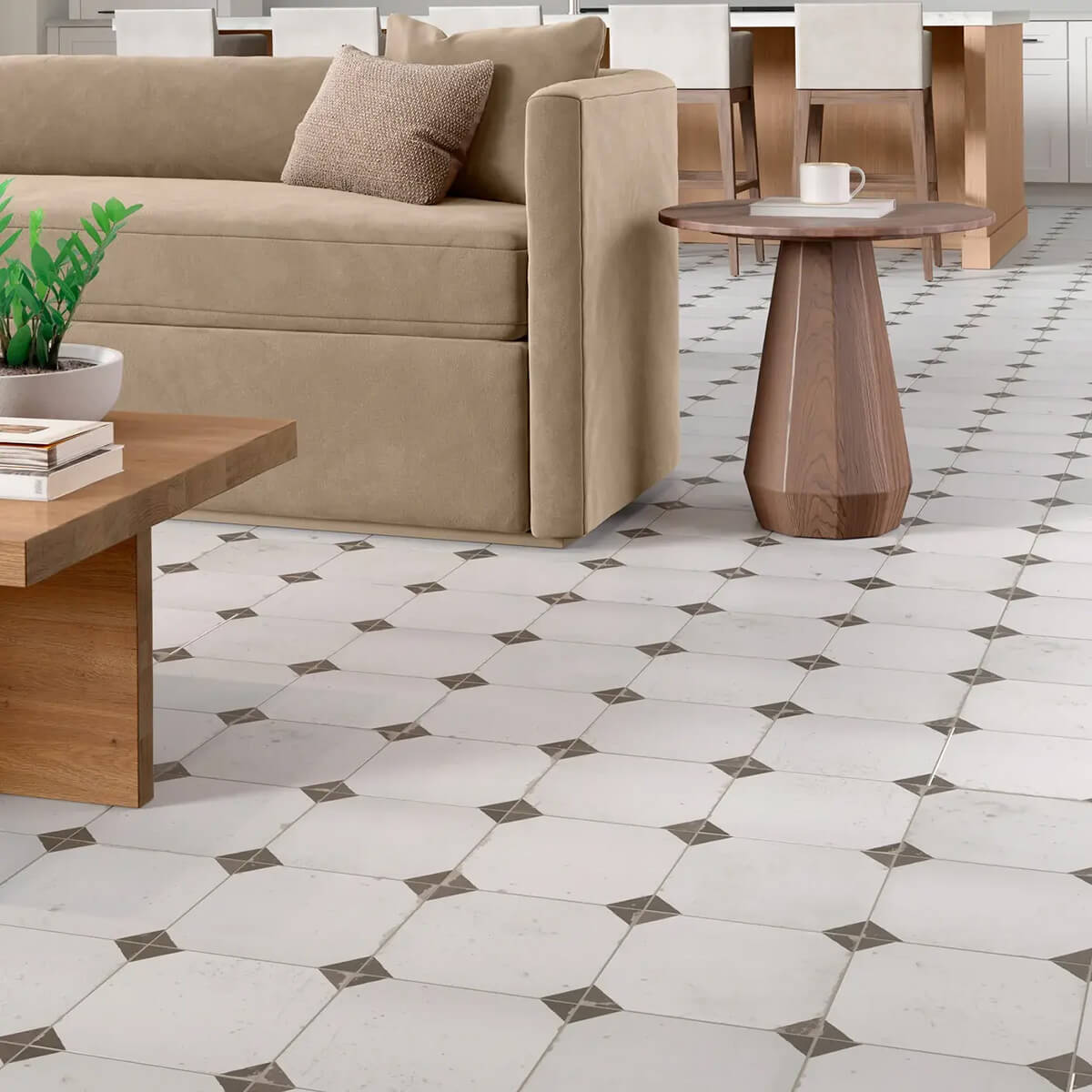

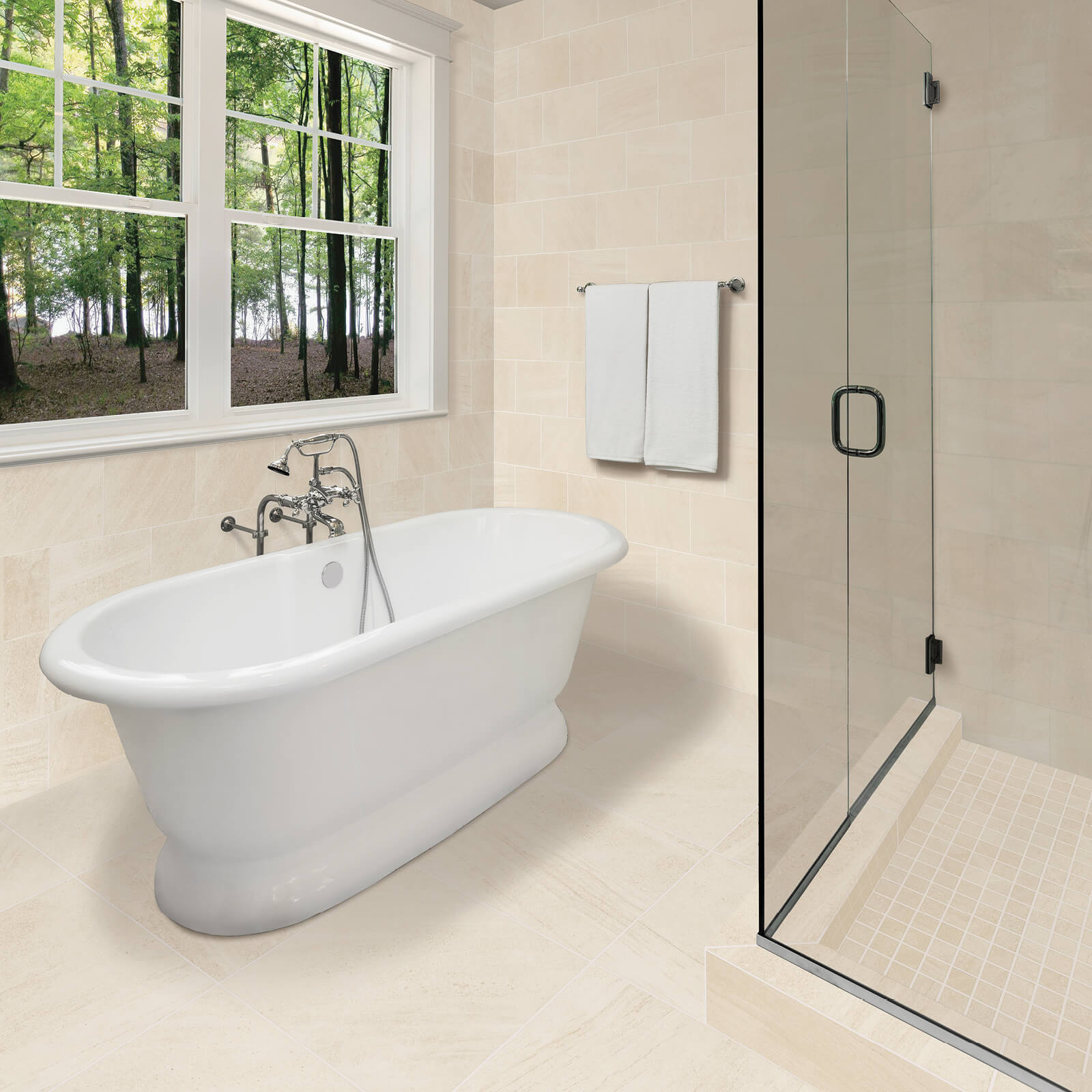
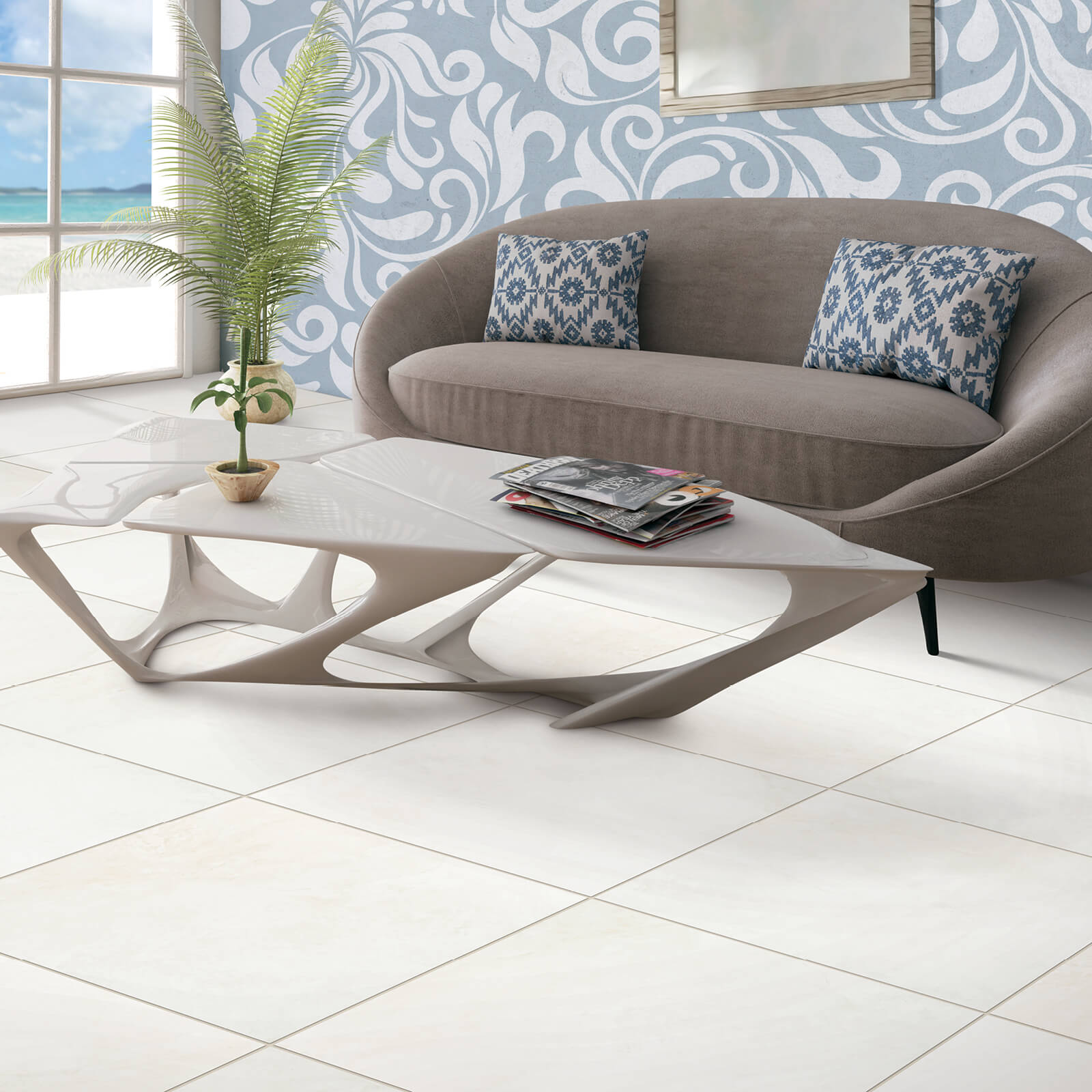
The Benefits Of Tile Flooring
Tile flooring boasts a number of incredible benefits, including:
- Tile is incredibly customizable and allows homeowners to mix and match varying colors, patterns, materials, shapes, and designs to create flooring that suits their home and their personality.
- Tile is very durable and can last for 50 to 80 years if properly maintained.
- Tile flooring maintenance is simple and requires only broom sweeping and the occasional mopping to continue to look great and function well as the years pass.
- Tile is versatile enough to function well in the entirety of a home. Bedrooms, bathrooms, kitchens, offices, and living rooms, can all work well with tile flooring as a foundational flooring.
- Tile is tough on scratches and dents. No matter what you present your tile with from a wear-and-tear perspective, tile flooring can match.
- Tile is resistant to spills, stains, and other liquid messes.
- Tile can help to up the resale value of your home.
- Tile flooring never goes out of style!
- When/if a piece of tile is damaged, you can replace that single tile instead of having to replace the entirety of your flooring.
Schedule An Appointment
The team at Select Flooring Design & Interiors in Kendallville, IN is ready to help you achieve your flooring dreams. Whether you're interested in an installation, in-home measure, flooring estimate, or more, we can help!
Fill out the form to the right, and we'll contact you shortly.
"*" indicates required fields

